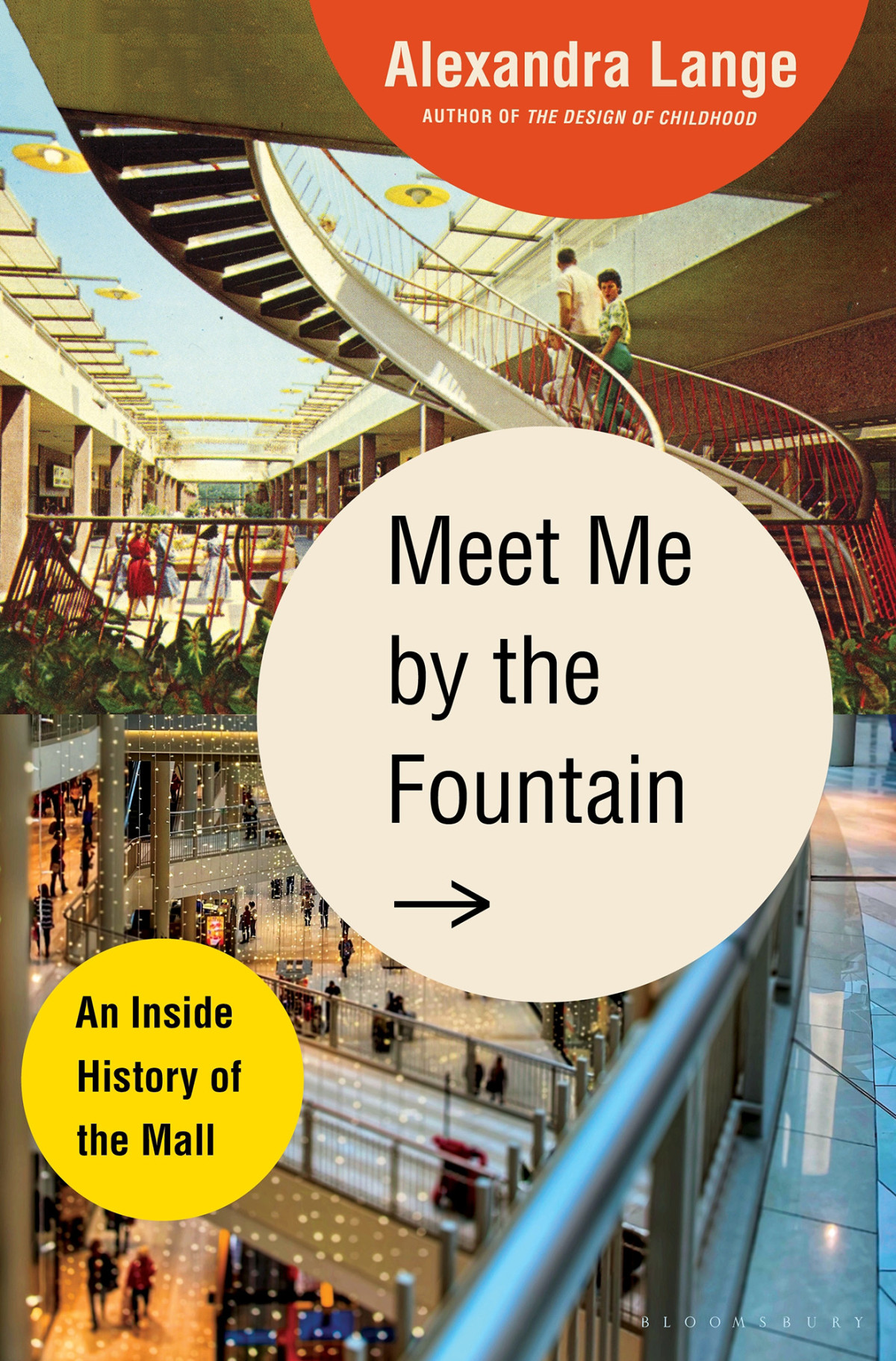

Most ebook files are in PDF format, so you can easily read them using various software such as Foxit Reader or directly on the Google Chrome browser.
Some ebook files are released by publishers in other formats such as .awz, .mobi, .epub, .fb2, etc. You may need to install specific software to read these formats on mobile/PC, such as Calibre.
Please read the tutorial at this link: https://ebookbell.com/faq
We offer FREE conversion to the popular formats you request; however, this may take some time. Therefore, right after payment, please email us, and we will try to provide the service as quickly as possible.
For some exceptional file formats or broken links (if any), please refrain from opening any disputes. Instead, email us first, and we will try to assist within a maximum of 6 hours.
EbookBell Team

0.0
0 reviews“A smart and accessible cultural history.” – Los Angeles Times
A portrait—by turns celebratory, skeptical, and surprisingly moving—of one of America's most iconic institutions, from an author who "might be the most influential design critic writing now" (LARB).
Few places have been as nostalgized, or as maligned, as malls. Since their birth in the 1950s, they have loomed large as temples of commerce, the agora of the suburbs. In their prime, they proved a powerful draw for creative thinkers such as Joan Didion, Ray Bradbury, and George Romero, who understood the mall's appeal as both critics and consumers. Yet today, amid the aftershocks of financial crises and a global pandemic, as well as the rise of online retail, the dystopian husk of an abandoned shopping center has become one of our era's defining images. Conventional wisdom holds that the mall is dead. But what was the mall, really? And have rumors of its demise been greatly exaggerated?
In her acclaimed The Design of Childhood, Alexandra Lange uncovered the histories of toys, classrooms, and playgrounds. She now turns her sharp eye to another subject we only think we know. She chronicles postwar architects' and merchants' invention of the mall, revealing how the design of these marketplaces played an integral role in their cultural ascent. In Lange's perceptive account, the mall becomes newly strange and rich with contradiction: Malls are environments of both freedom and exclusion--of consumerism, but also of community. Meet Me by the Fountain is a highly entertaining and evocative promenade through the mall's rise, fall, and ongoing reinvention, for readers of any generation.
°°°
Alexandra Lange is an architecture critic and the author of four previous books, including The Design of Childhood.